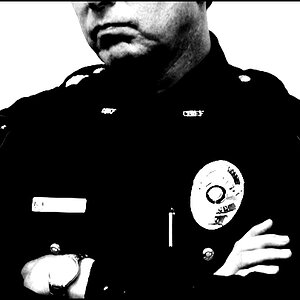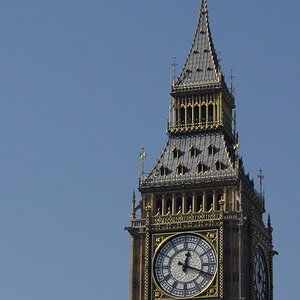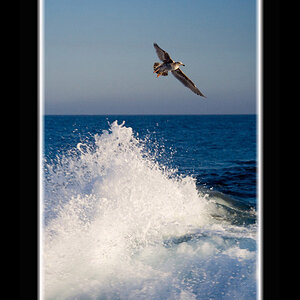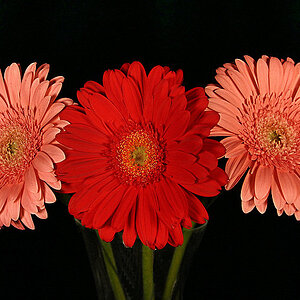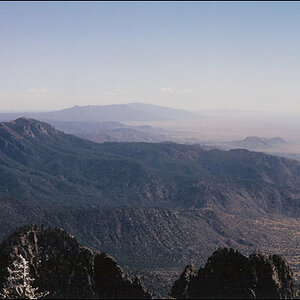barfastic
TPF Noob!
- Joined
- May 18, 2009
- Messages
- 119
- Reaction score
- 2
- Can others edit my Photos
- Photos OK to edit
Hey guys,
Im interested in buying a telescope for stargazing and the occasional astrophotography.
Ive been reading up on different telescopes, and im between a Meade ETX-125 AT and a Celestron NexStar 6 Se
Details:
Meade ETX125 - 899$
1900mm Focal Length
125mm (5.0") Aperture
Focal Ratio f/15
Celestron Nexstar 6 Se - 799$
1500 Focal Length
150 (5.91") Aperture
Focal Ratio f/10
They both come with PC software to point at constellations etc, and both have tripods/bases for mounting.
Im leaning more towards the meade as i have heard from others that it is a great telescope, and it seems it has available t-mounts for mounting a dslr on it.
What do you guys think?
Im also wondering, since my camera is a cropped sensor, will the focal length be at 2850mm (using the meade)?
im curious as to how many pics im gonna have to take to get a complete moon pic
any ideas, or information would be great.
Thanks in advance
Im interested in buying a telescope for stargazing and the occasional astrophotography.
Ive been reading up on different telescopes, and im between a Meade ETX-125 AT and a Celestron NexStar 6 Se
Details:
Meade ETX125 - 899$
1900mm Focal Length
125mm (5.0") Aperture
Focal Ratio f/15
Celestron Nexstar 6 Se - 799$
1500 Focal Length
150 (5.91") Aperture
Focal Ratio f/10
They both come with PC software to point at constellations etc, and both have tripods/bases for mounting.
Im leaning more towards the meade as i have heard from others that it is a great telescope, and it seems it has available t-mounts for mounting a dslr on it.
What do you guys think?
Im also wondering, since my camera is a cropped sensor, will the focal length be at 2850mm (using the meade)?
im curious as to how many pics im gonna have to take to get a complete moon pic
any ideas, or information would be great.
Thanks in advance



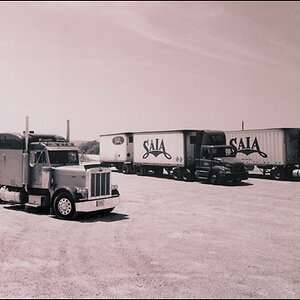
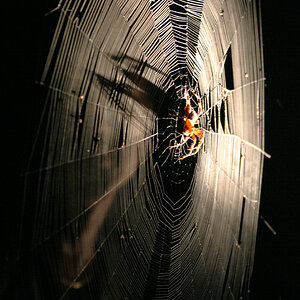
![[No title]](/data/xfmg/thumbnail/31/31704-42c2fcbcc4b6ba8c2c5ae54202cad6ec.jpg?1619734963)
